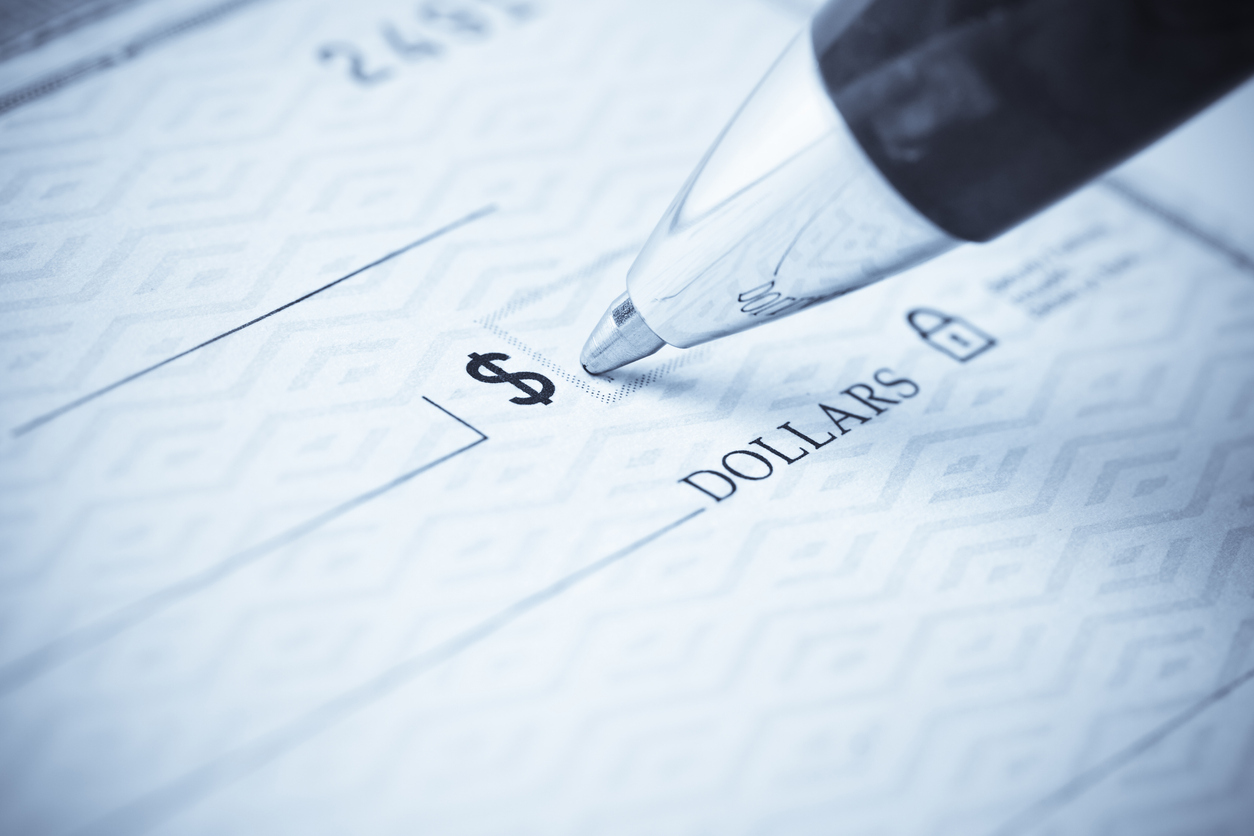SPACs, also known as blank-check companies, have issued roughly $100 billion of stock this year, a record, to buy private companies and take them public. Some SPACs are targeting companies with below-investment-grade credit ratings, hoping to use their cash piles to pay down debt and grow the businesses.
Not since the dot.com-boom two decades ago has stock-market enthusiasm been hot enough to fuel such activity in debt markets, bond investors and analysts say.
Mutual funds managers that owned WeWork bonds booked paper gains of 25% after the ailing shared-office provider started merger talks in January with a SPAC, according to MarketAxess. Companies with junk credit ratings are typically required to buy back their debt, often at a premium, when a change of control occurs via a merger. Loans of Cyxtera Technologies Inc.—which credit-rating companies recently warned was in danger of default—jumped 16% in February when the data-center operator agreed to merge with one of the blank-check companies, according to AdvantageData Inc.
“There’s a lot of deja-vu of the late 1990s happening in the high-yield market right now,” said Michael Anderson, a managing director for credit research at Citigroup Inc.
The SPAC surge coincides with a leap in initial public offerings and a rise of momentum trading by individual investors who coordinate on social media, both of which drive stock prices higher. Funds raised in IPO and SPAC transactions hit about $250 billion this year through April 20, the same amount raised in all of 2020, according to data from Dealogic.
They have also exceeded the $180 billion of high-yield bonds raised year-to-date, the first time new stock sales outpaced junk-bond issuance since 2000, when soaring tech stock valuations stoked a market bubble. Stock offerings climb and the pace of junk-debt deals declines when high equity valuations make selling new shares more attractive.
Such lofty prices can also lead to excessive risk taking, said Andre Hakkak, chief executive officer of White Oak Global Advisors LLC, which makes private loans to below-investment-grade companies. Signs of weakness emerged in the SPAC market recently as the pace of new deals slowed and share prices fell over concerns the market was overheating.
There’s an oversaturation of SPACs right now,” Mr. Hakkak said. “It reminds you of when people bought multiple homes with no money down before the mortgage crisis.”
The U.S. Securities and Exchange Commission issued a warning earlier this month about “significant and yet undiscovered issues” in the rapid expansion of SPACs.
Not all the beneficiaries of the stock frenzy have been troubled companies.
Loans of Singapore-based digital-ride-hailing and food-delivery company Grab Holdings Inc. were already trading at a premium when it announced last week a merger with a SPAC operated by Altimeter Capital Management LP that valued the enterprise at about $40 billion. The price of Grab’s loans rose 1% on the news. At the same time, private-equity firms which use junk debt to finance their purchases are attempting large-scale buyouts at a pace not seen since the mid 2000s.
“There have not been that many windows when leveraged credit issuers have been the beneficiaries of wide-open equity markets,” said David Daigle, co-manager of Capital Group’s $18 billion American High-Income Trust Fund and an analyst of high-yield bonds for 26 years. Stock valuations are rarely high enough to finance acquisitions or debt repurchases for junk-rated companies without significantly diluting existing shareholders, he said.
Conditions are significantly different now than in 1999, when speculative telecommunications companies raised capital by issuing stock and high-yield bonds, Mr. Daigle said. That bubble enabled companies like Global Crossing Ltd., Iridium LLC and WorldCom Inc., to raise billions of dollars before they went bankrupt.
“The biggest lesson for the leveraged finance market from the late 1990s is that no amount of equity can salvage a bad business model,” Mr. Daigle said.
In contrast, the average credit quality of high-yield bond issuers today is relatively strong. More than half of high-yield bonds are rated double-B, the highest below-investment-grade rating, compared with a historical average of 35%, Citigroup’s Mr. Anderson said.
Still, credit risk has been rising in the $1.2 trillion market of below-investment-grade loans, like those Cyxtera took on for its 2017 acquisition by private-equity firms. Issuers of such “leveraged loans” are also being acquired by SPACs. That will likely lead to higher levels of distress among such companies in the next economic downturn, according to Mr. Daigle.
“It’s the opposite of what we saw in the 1990s when the speculative lending was happening in the high-yield bond market,” he said.













